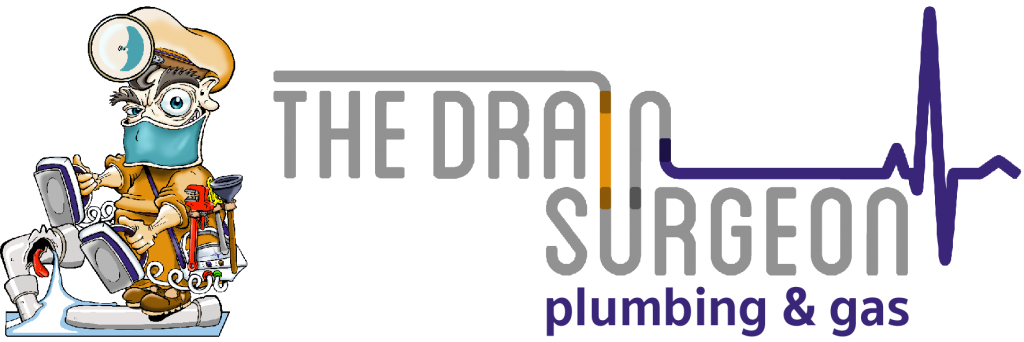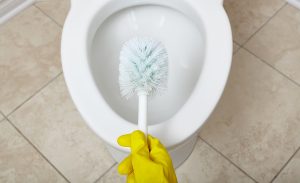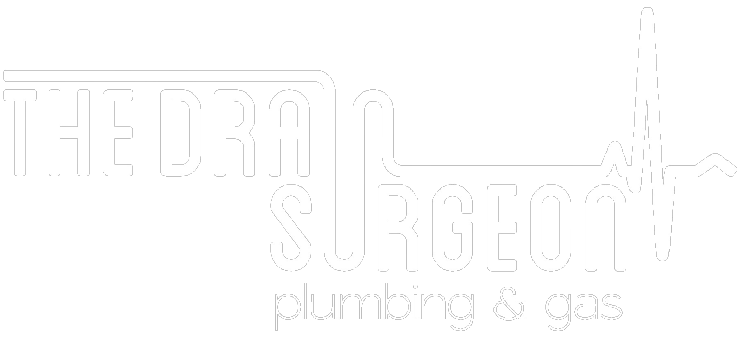Often overlooked, plumbing traps are critical components of any drainage system, safeguarding public health and building functionality. Understanding their purpose, types, and maintenance practices empowers homeowners and building managers to effectively manage and maintain a healthy plumbing system, potentially preventing issues like drain blockage, burst pipe, or leakage.
This guide delves into the definition, function, common types, and maintenance procedures for plumbing traps, along with addressing frequently encountered problems.
Plumbing Traps: Definition and Purpose
A P-trap is a U-shaped pipe located under sinks, toilets, and other fixtures. Its name derives from its distinctive shape, resembling the letter “P.” The P-trap is designed to trap water, which acts as a barrier to prevent sewer gases from entering your home. This simple and effective component is essential in maintaining sanitary conditions within your living spaces.
The primary purpose of plumbing traps is to create a water seal that prevents foul-smelling and harmful sewer gases from backing up into occupied spaces. This seal is crucial for maintaining indoor air quality and health. Plumbing traps also catch small debris and objects, preventing them from clogging the broader plumbing system.
Plumbing traps function by holding a small amount of water in the bend of the trap. This water barrier stops sewer gases from escaping while allowing waste and wastewater to pass through. The design of the trap also helps to catch debris that might cause blockages further down the plumbing system.
Types of Plumbing Traps
- P-Trap
The P-trap is the most common type of plumbing trap used in residential plumbing. It is found under sinks in kitchens and bathrooms, where it effectively traps debris and prevents sewer gases from entering the living space.
- S-Trap
The S-trap is similar to the P-trap but features an extra bend, creating an “S” shape. It is used in older plumbing systems but is less common in modern installations due to its tendency to send water out of the trap, breaking the water seal and allowing gases to escape.
- U-Trap
The U-trap is another variation used in some plumbing applications. It has a simple U-shaped design and functions similarly to the P-trap and S-trap by creating a water barrier.
Where Are Traps Used?
Plumbing traps are used in various locations within a plumbing system, including under sinks, toilets, showers, and bathtubs. They are also found in washing machine drains and floor drains, serving the same purpose of trapping water to block sewer gases.
How Plumbing Traps Work
- The trap seal is the water barrier created by the trap. This seal is essential for preventing sewer gases from entering living spaces. Maintaining the integrity of this seal is crucial for a functional plumbing system.
- A trap primer is a device that adds water to the trap to ensure the trap seal remains intact in fixtures that are not frequently used. This helps prevent the trap from drying out and losing its seal.
- The primary function of plumbing traps is to prevent sewer gas odours from entering your home. Without traps, these gases could cause significant discomfort and health issues.
- Plumbing traps work with the overall drainage system, ensuring waste and wastewater flow seamlessly while preventing blockages and gas escape.
- Traps also hold small solids and debris that might cause clogs if they travel further into the plumbing system. This helps maintain a free-flowing drainage system and reduces the need for emergency plumbing services in Cannington.
Common Plumbing Trap Issues
- Traps can become clogged with debris, hair, and other waste materials, leading to slow drainage or complete blockages.
- Leaks in plumbing traps can occur due to corrosion, wear, or improper installation. Addressing leaks is essential to prevent water damage and maintain the trap seal.
- Dry traps occur when the water barrier evaporates due to infrequent use. This can be prevented by using trap primers or regularly running water through the fixture.
- Corrosion can weaken plumbing traps over time, leading to leaks and potential failure. Regular inspections can help identify and address corrosion before it becomes a significant issue.
Importance of Properly Maintaining Plumbing Traps
- Trap Maintenance- Regular maintenance of plumbing traps is essential to ensure they function correctly. This includes checking for leaks, ensuring the trap seal is intact, and addressing any signs of wear or corrosion.
- Trap Cleaning– Cleaning plumbing traps is necessary to remove debris and prevent clogs. This can be done by unscrewing the trap and manually removing any accumulated waste.
- Trap Replacement- Over time, traps may need to be replaced due to wear, corrosion, or damage. Regular inspections can help identify when a replacement is necessary to avoid plumbing issues.
- Avoid Plumbing Issues- Proper maintenance and timely replacement of plumbing traps can help avoid common plumbing issues like clogs, leaks, and sewer gas odours, reducing the need for an emergency plumber.
How is P-Trap Installed?
Installing a P-trap involves connecting the trap to the sink drain and the drain pipe leading to the sewer line. The trap must be properly aligned and sealed to ensure no kitchen sink leaks and maintain the water barrier. It is advisable to have a professional plumber handle the installation to ensure it is done correctly and meets all plumbing codes and standards.
Conclusion
Plumbing traps are essential components of a healthy plumbing system, serving to prevent sewer gases from entering your home and catching debris that might otherwise cause blockages. Understanding their function, maintenance, and common issues can help you manage your plumbing system more effectively and avoid costly repairs.
For professional assistance, whether you need a blocked drain cleaner, emergency plumber, or sewer cleaning near me, contacting reliable plumbing services in Cannington, like The Drain Surgeon Plumbing & Gas, can ensure your plumbing system remains in optimal condition.
From burst pipes and leaks to clogged drains, our professional plumbers are here to help.





mail temp
12 Oct 2024I very delighted to find this internet site on bing, just what I was searching for as well saved to fav
temp mail that works
14 Oct 2024Good post! We will be linking to this particularly great post on our site. Keep up the great writing
Su sızıntısı tamiri Üsküdar
18 Oct 2024Su sızıntısı tamiri Üsküdar Bahçe sulama tesisatı kurdular ve oldukça başarılı bir iş çıkardılar. İşçiliği çok beğendim. https://kahkaham.net/read-blog/62620